Social networks apply many measures, combining technology and raising awareness, but preventing fake news is not easy.
"Information posted on the Internet spreads very quickly, reaching many people. Therefore, fake news has great harm and causes a global problem like today," said Mr. Le Quang Tu Do, Director of the Department of Radio, Television and Electronic Information - Ministry of Information and Communications, about the current situation of fake news at an event announcing the Tin campaign on October 11.
Over the past decade, the development of social networks such as Facebook, YouTube, and TikTok has attracted tens of millions of users in Vietnam, but has also become an environment for fake news to spread, causing many impacts on society. This puts the responsibility on the platforms to join forces to solve the problem.
Since 2012, Facebook, now Meta, has published a study on the extent to which online social networks can increase the spread of new information and opposing views, which has become the basis for the development of tools to support the fight against fake news. Facebook said it has worked with fact-checking partners to detect and review false information. The platform has not mentioned whether it will remove false content, but such information is downgraded to reduce its reach to users, and the publisher has limited distribution of the post and cannot advertise.

Facebook app's fake news reporting feature. Photo: Luu Quy
YouTube, the world's leading video social network, is also the place where many fake and toxic news have broken out, especially from foreign sources targeting Vietnamese users. On its website, YouTube asserts that bad content "only accounts for a very small percentage" with a view rate of about 0.16-0.18%. The Google platform said it handles misinformation according to four principles, including: removing content that violates policies, reducing suggested content that is close to the border of violating policies, prioritizing reliable sources, and rewarding reputable creators.
TikTok was born later and only officially appeared in Vietnam in 2019. However, this is also the first major cross-border social network to have an office in the country. According to Mr. Nguyen Lam Thanh, representative of TikTok Vietnam, content management is carried out according to community standards, which were built in 2018 and continuously updated. In addition to identifying fake news according to user reports, the platform "strengthens the connection between automatic moderation technology and a team of professional moderators to draw accurate conclusions about the content". Violating information, including false information, is removed or has reduced user access. In addition, the application is also equipped with a feature to limit usage time and connect families so that parents can manage their children.
Create a "fake news filter" for users
Representatives of the platforms all confirmed that there are community standards and solutions to detect and prevent fake news, but admitted that the problem cannot be completely handled. Even with the emergence of new technologies such as artificial intelligence and deepfake , they have become more unpredictable and dangerous, according to Mr. Le Quang Tu Do.
Encouraging new technologies while preventing negative aspects, Mr. Do assessed that "this is a never-ending chase". The Director of the Department of Radio, Television and Electronic Information said that the key in the fight against fake news lies in user awareness.
"Each person has 'resistance' and 'filters', which is much better than the way the management agency does. If each of us has a resistance to fake news, it will certainly reduce a lot in the most unexpected situations," he said.
Sharing the same view, Mr. Nguyen Lam Thanh, representative of TikTok in Vietnam, said that the platform has full regulations as well as support features. "Improving digital skills to have a fake news filter for all users is the most important goal," he said. "The platform's responsibility is to further promote the equipping of digital skills, so that users know and use it."
The characteristic of a UGC (User-Generated Content) platform is that users can create content themselves, and at the same time consume and spread that content. With fake news, the spread can be more serious if they are broadcast by people with a large number of followers and influence (Influencers). On the other hand, if these Influencers are encouraged to create useful content and spread it to the community, it will help all users raise awareness of fake news. This is also the goal mentioned by the representative of the Department of Radio, Television and Electronic Information at the announcement ceremony of the "Tin" campaign.
On the social media platform side, another approach is to provide more benefits to content creators. For example, the trend of charging fees on YouTube and Facebook helps them make money from clean content instead of creating "clickbait" content.
The News Campaign , organized by the Department of Radio, Television and Electronic Information, VnExpress Newspaper and FPT Online from October 2 to November 15, aims to provide basic skills for Internet users to recognize, evaluate, filter and process information effectively when receiving information on cyberspace.
The main activities of the campaign include: "Anti Fake News" content creation contest on TikTok platform; Program to enhance Vietnamese online culture and many activities and media publications widely shared on all social networking platforms.
Liu Gui
Vnexpress.net



![[Photo] Phuc Tho mulberry season – Sweet fruit from green agriculture](https://vstatic.vietnam.vn/vietnam/resource/IMAGE/2025/4/10/1710a51d63c84a5a92de1b9b4caaf3e5)

![[Photo] Prime Minister Pham Minh Chinh chairs meeting to discuss tax solutions for Vietnam's import and export goods](https://vstatic.vietnam.vn/vietnam/resource/IMAGE/2025/4/10/19b9ed81ca2940b79fb8a0b9ccef539a)
![[Photo] Unique folk games at Chuong Village Festival](https://vstatic.vietnam.vn/vietnam/resource/IMAGE/2025/4/10/cff805a06fdd443b9474c017f98075a4)
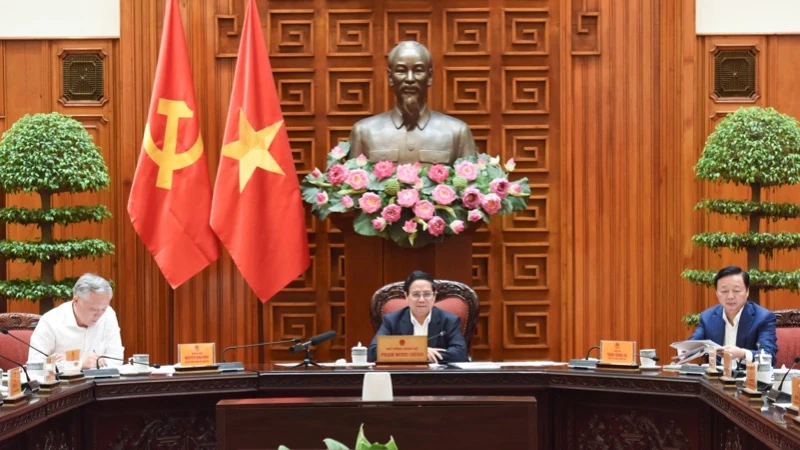


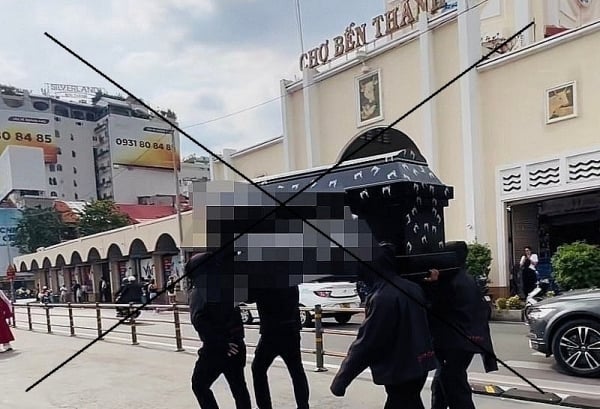

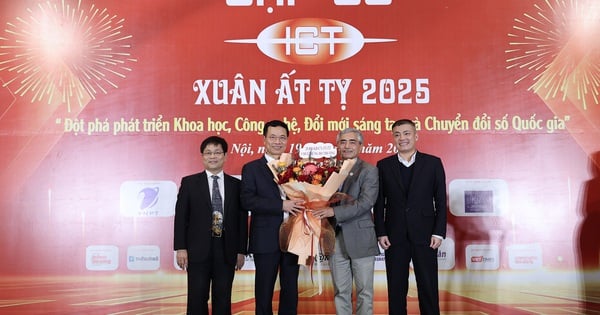








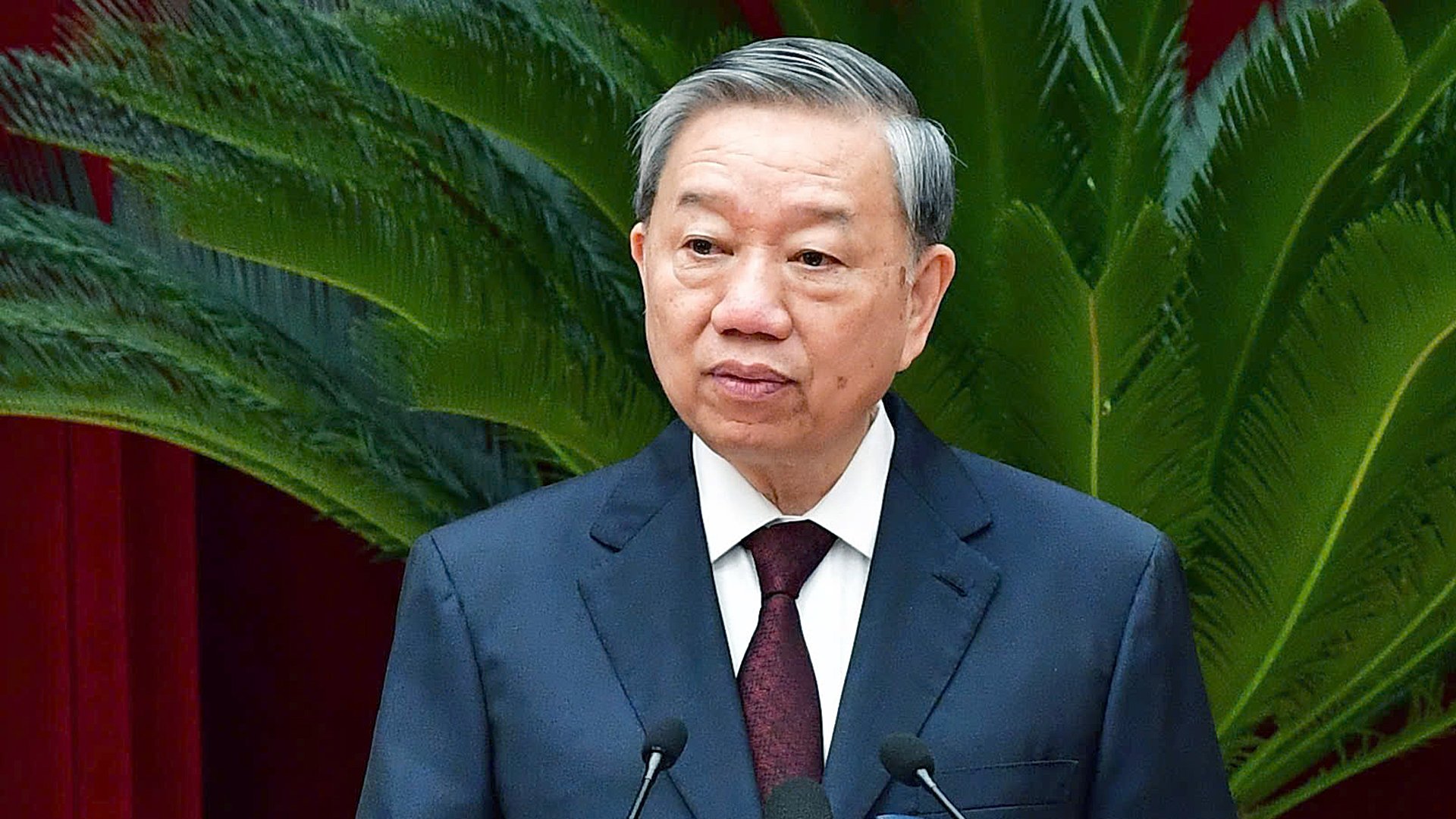


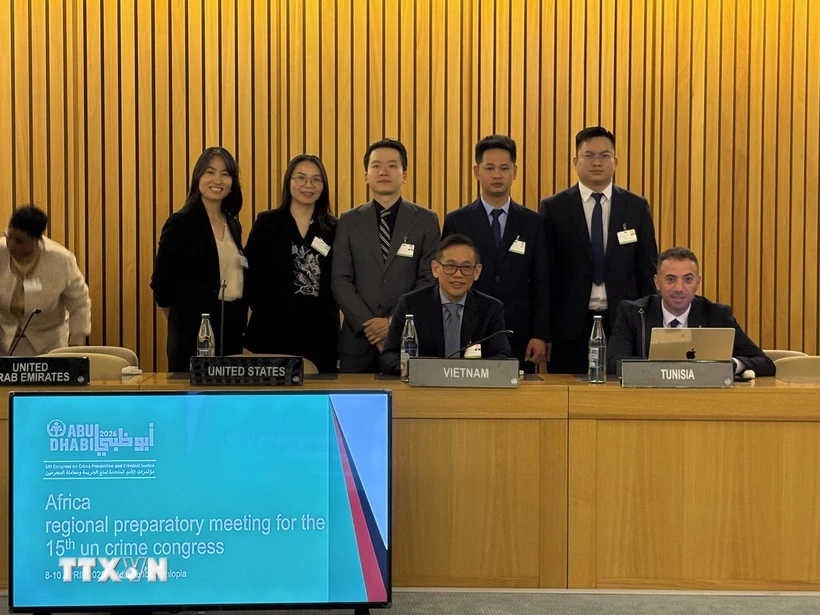













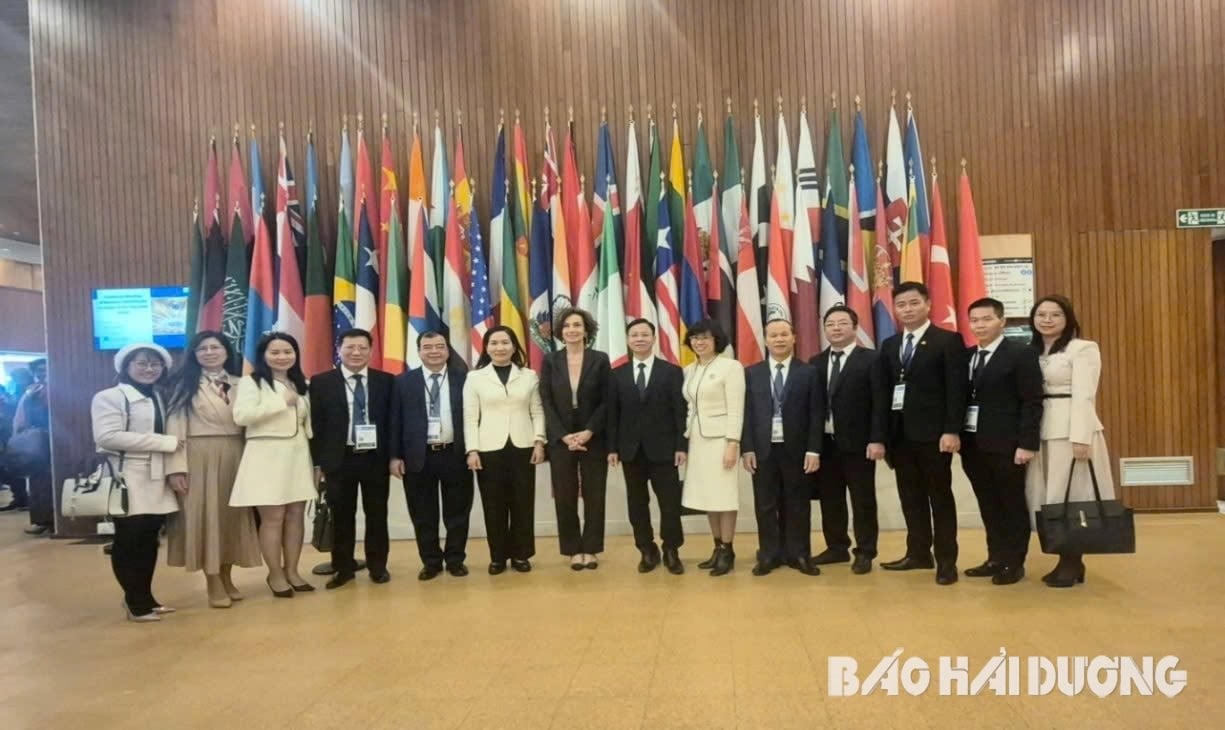










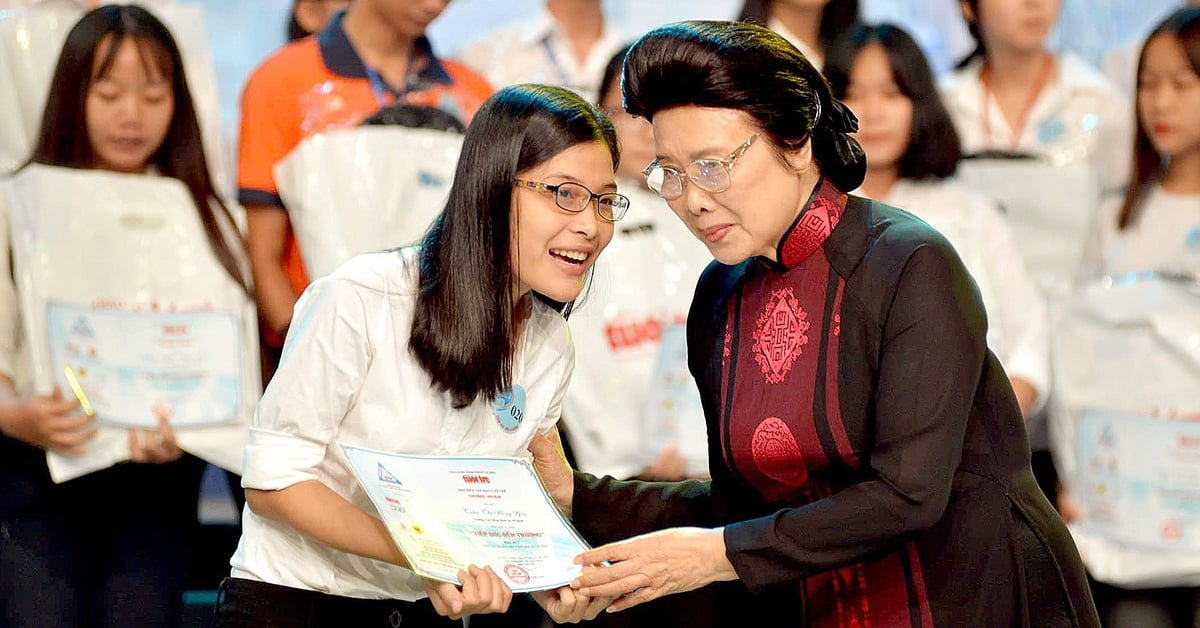



















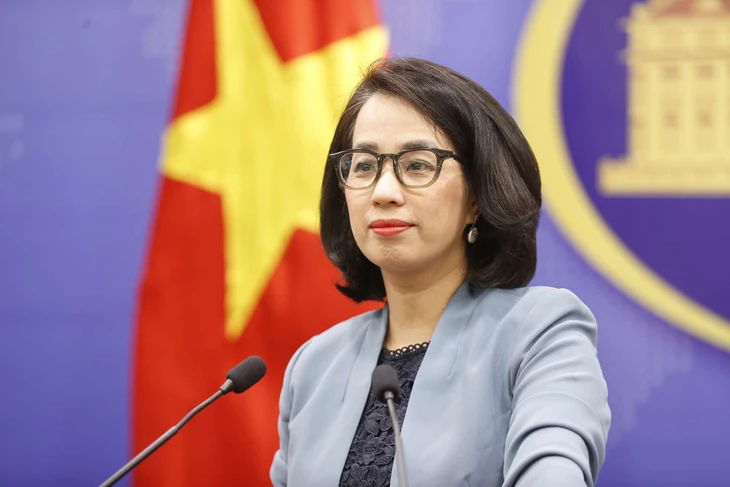

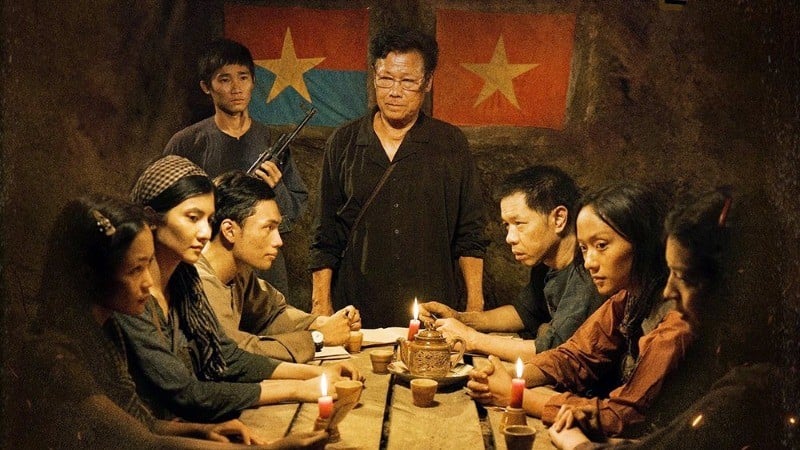



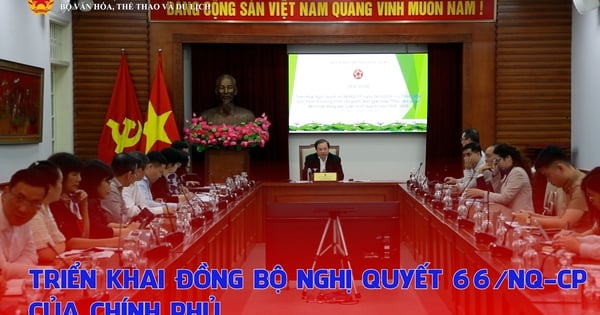

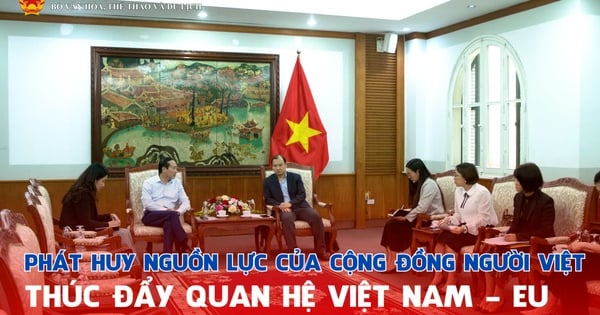
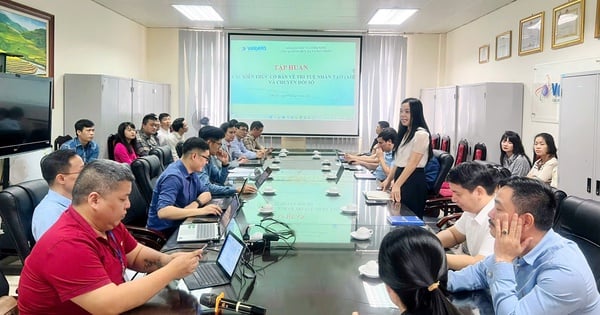

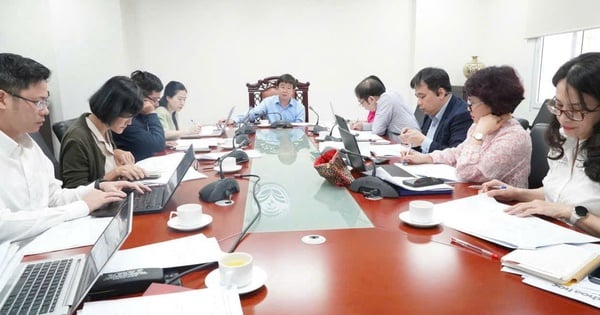

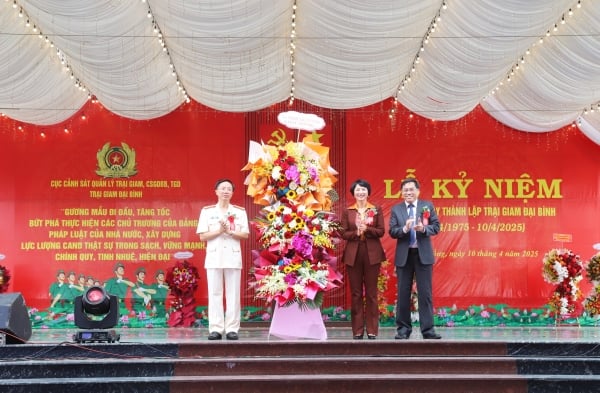





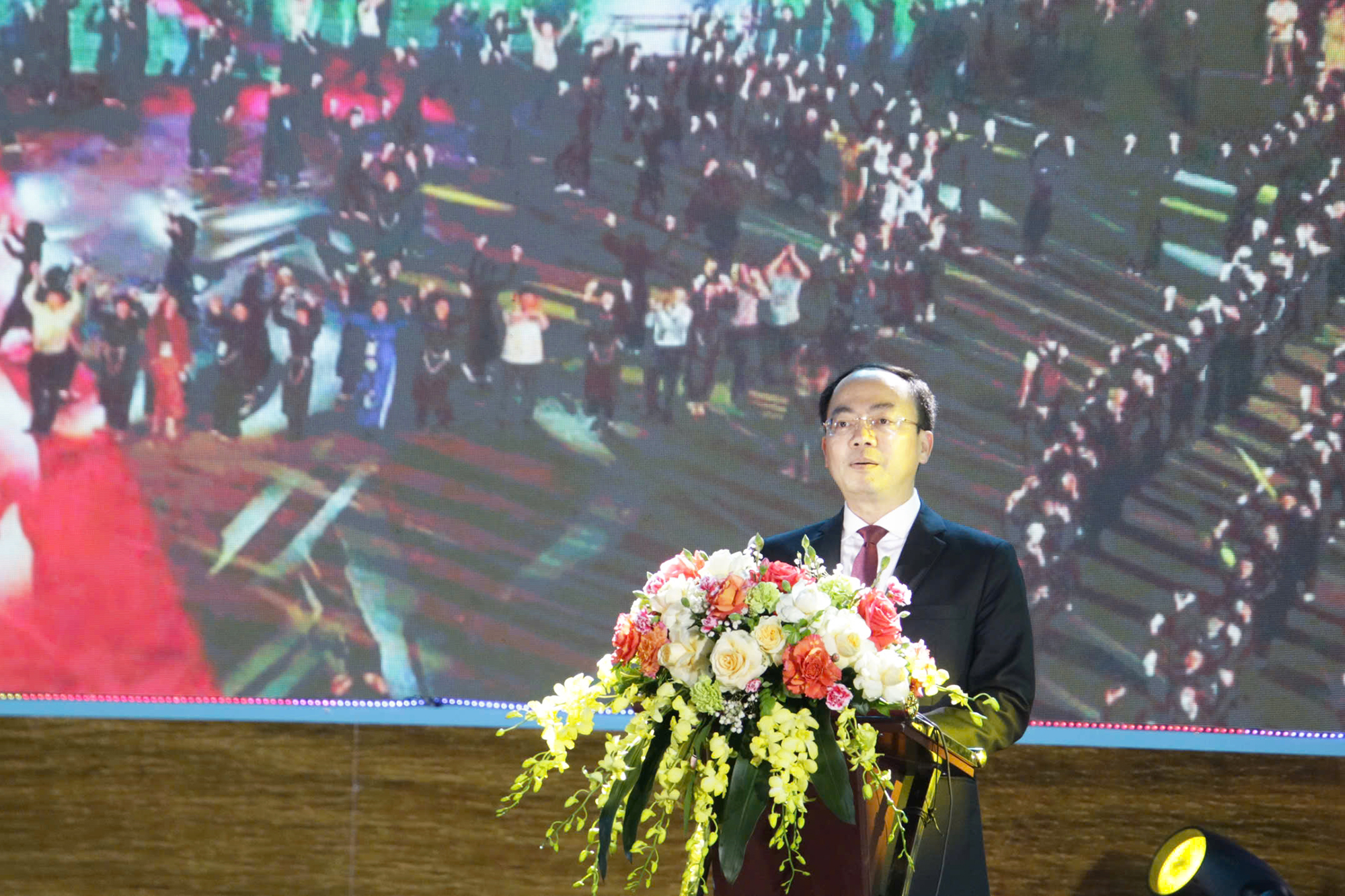
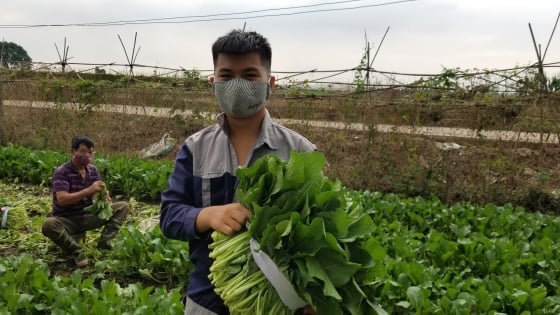
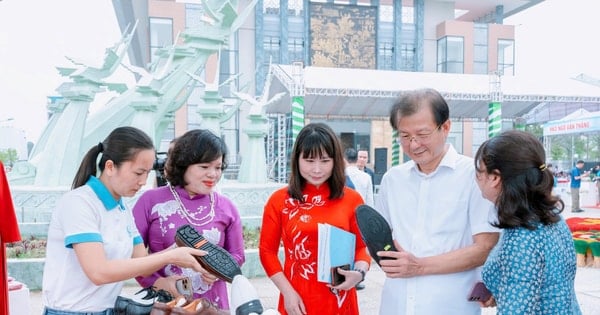



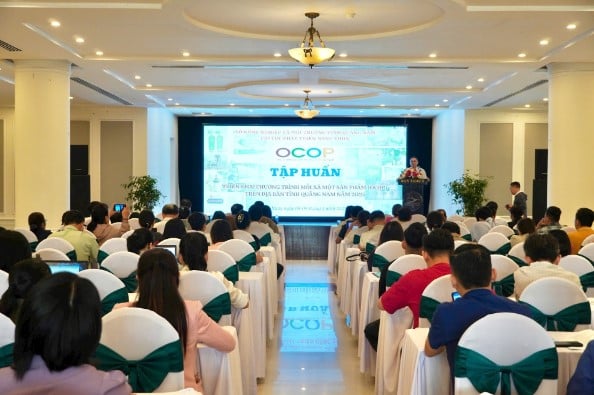
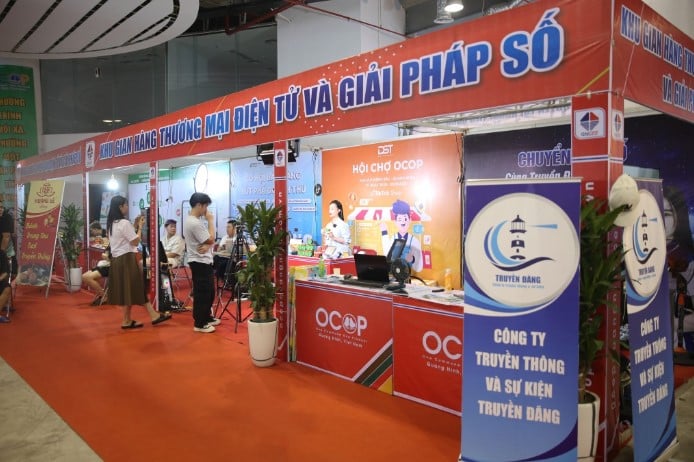
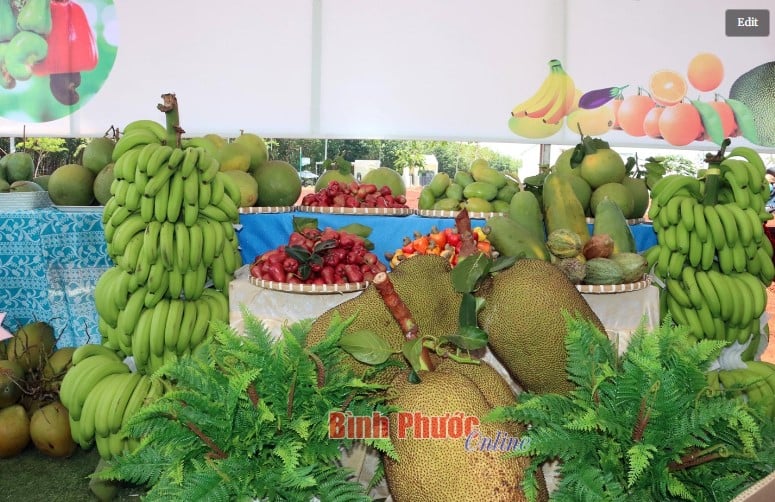
Comment (0)